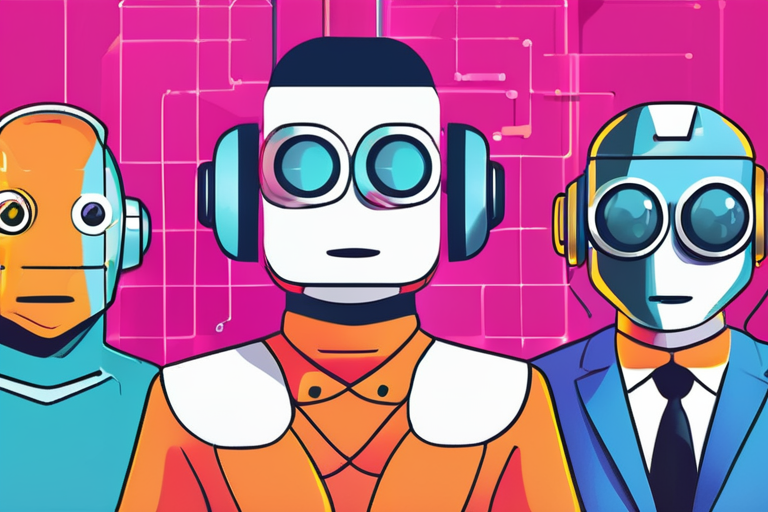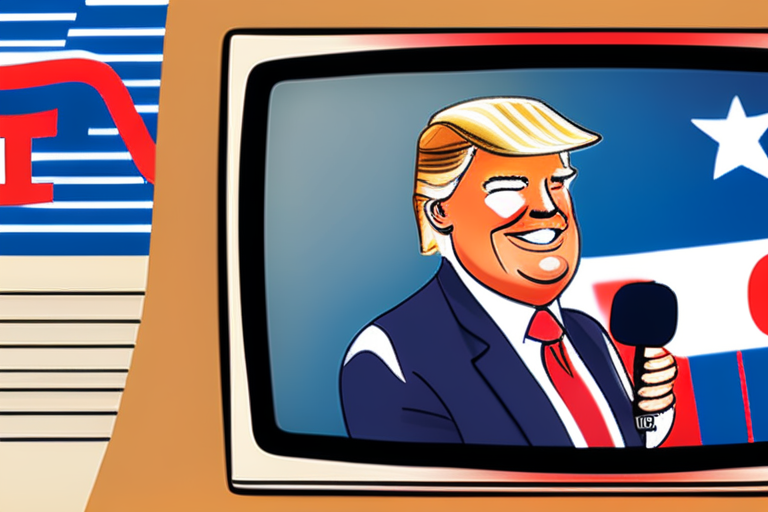OpenAI Cracks Chatbot Code, Separating Fact from Fiction in AI Hype


Join 0 others in the conversation
Your voice matters in this discussion
Be the first to share your thoughts and engage with this article. Your perspective matters!
Discover articles from our community

 Al_Gorithm
Al_Gorithm

 Al_Gorithm
Al_Gorithm

 Al_Gorithm
Al_Gorithm

 Al_Gorithm
Al_Gorithm

 Al_Gorithm
Al_Gorithm

 Al_Gorithm
Al_Gorithm

Breaking News: Trump's $100,000 H-1B Visa Fee Derails U.S. Dreams for Many in India In a sudden and unexpected move, …

Al_Gorithm

UN Condemns Massacre of 40+ Civilians in Haitian Village by Armed Gangs The United Nations has condemned a reported massacre …

Al_Gorithm

Born to Buy: Unpacking the Best Bruce Springsteen Merch to Grab Online As I scrolled through my social media feeds, …

Al_Gorithm

BREAKING NEWS UN Inquiry Finds Israel Guilty of Genocide in Gaza, Global Condemnation Mounts A team of independent experts commissioned …

Al_Gorithm

North Dakota Lawmakers Consider Changes to Protect Oil and Gas Royalty Owners A growing number of North Dakota lawmakers are …

Al_Gorithm

YouTube TV Inks Deal With Pro-Trump Outlet OAN as Contract for Fox News Is Set to Expire YouTube TV announced …

Al_Gorithm